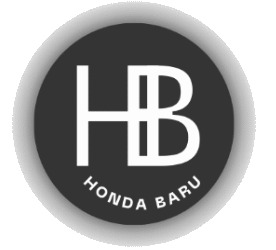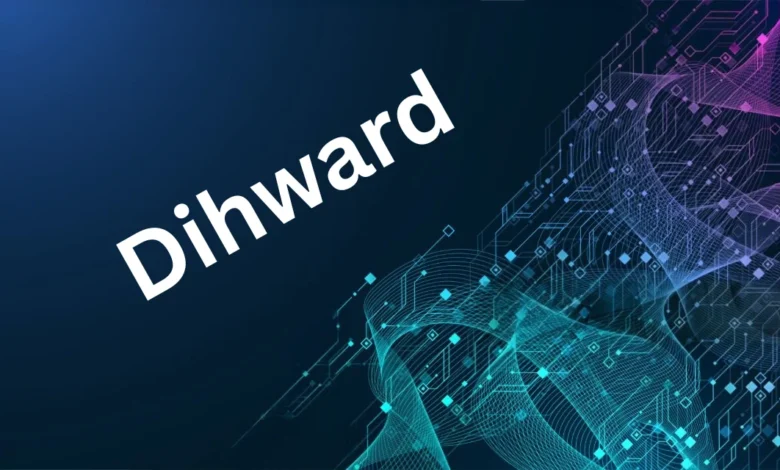In today’s fast-paced world, change is not just inevitable—it is essential for growth. Businesses, communities, and individuals alike must constantly adapt to evolving circumstances. This is where Dihward comes into play. More than just a concept, Dihward represents a forward-thinking approach built on three key pillars: transition, efficiency, and innovation.
But what does Dihward really mean in practical terms, and why should it matter to industries, organizations, and even individuals striving for progress? Let’s explore the deeper layers of this transformative idea.
What is Dihward?
At its core, Dihward is about embracing change with clarity and strategy. It emphasizes moving forward in a structured yet innovative way, ensuring that transitions—whether technological, organizational, or personal—are handled smoothly and efficiently.
The term combines three essential dimensions:
- Transition – Guiding individuals, teams, or systems from one stage to another with minimal disruption.
- Efficiency – Ensuring optimal use of resources, time, and energy to achieve maximum results.
- Innovation – Encouraging creative problem-solving, technological adoption, and forward-looking strategies.
Dihward is not limited to a single field. Instead, it applies broadly across business, technology, education, healthcare, and personal development.
Why Dihward Matters Today
The 21st century has been defined by rapid transformation. Organizations face challenges like digital disruption, climate change, and global competition. Similarly, individuals must constantly reskill, adapt, and rethink their goals.
This environment creates a need for a guiding philosophy like Dihward that:
- Helps manage transitions in uncertain times.
- Encourages efficiency in operations and resource use.
- Drives innovation to stay competitive and relevant.
By adopting Dihward, businesses and individuals alike can navigate change successfully while shaping the future proactively.
The Pillars of Dihward
1. Transition: Navigating Change Smoothly
Change is often resisted because it disrupts the familiar. However, transitions can be managed strategically through the Dihward lens.
- Business Context: A company moving to digital platforms can use Dihward principles to ensure employees are trained, customers are informed, and processes evolve without breaking down.
- Personal Context: Individuals transitioning to new careers or lifestyles can adopt step-by-step strategies that reduce stress and maximize growth.
- Societal Context: Communities undergoing urbanization or technological adoption can apply Dihward to minimize social disruption while enhancing benefits.
2. Efficiency: Maximizing Results with Fewer Resources
Efficiency is about eliminating waste, streamlining processes, and ensuring every effort counts. In the Dihward framework, efficiency does not mean cutting corners; it means working smarter, not harder.
- In Business: Automation tools, lean methodologies, and data-driven decision-making reflect Dihward efficiency.
- In Daily Life: Time management, financial planning, and mindful living align with efficiency principles.
- In Governance: Governments applying Dihward efficiency can improve public services, reduce bureaucracy, and serve citizens better
3. Innovation: Creating the Future Today
No progress is possible without innovation. Dihward promotes innovation not as a luxury but as a necessity.
- Technology: Artificial intelligence, blockchain, and renewable energy reflect how innovation drives industries forward.
- Healthcare: Breakthrough treatments, telemedicine, and AI-driven diagnostics showcase Dihward-inspired innovation.
- Education: Online learning platforms, skill-based education, and digital classrooms are innovative approaches transforming knowledge delivery.
You Might Also Like : Demainmail
Applications of Dihward in Different Fields
1. Business and Entrepreneurship
Dihward encourages entrepreneurs to embrace transition (like moving from traditional to digital business models), maintain efficiency (streamlining supply chains), and foster innovation (developing unique products).
Startups particularly benefit from Dihward because they thrive in environments where adaptability and forward-thinking strategies are critical.
2. Technology and Digital Transformation
In technology, Dihward principles help organizations adapt to emerging trends like cloud computing, AI, and cybersecurity. By focusing on efficient processes and continuous innovation, companies can maintain relevance in competitive markets.
3. Education and Learning
Education systems worldwide are in transition, shifting from rote learning to skill-based education. Dihward supports:
- Efficient curriculum design.
- Innovative teaching methods (like gamification and hybrid learning).
- Smooth transitions to digital classrooms.
4. Healthcare and Well-being
The healthcare sector has experienced massive transitions due to telemedicine and digital health solutions. By applying Dihward:
- Hospitals can optimize operations.
- Doctors can adopt innovative treatments.
- Patients can transition smoothly into digital care.
5. Personal Growth and Development
On an individual level, Dihward teaches us to:
- Transition gracefully through life stages (education, career, retirement).
- Be efficient with time, money, and energy.
- Innovate in solving personal challenges and setting life goals.
Benefits
- Resilience: Helps individuals and organizations adapt to uncertainty.
- Sustainability: Encourages efficient resource use.
- Competitiveness: Keeps businesses ahead in markets through innovation.
- Clarity: Provides a framework for handling change with confidence.
- Growth: Opens pathways to continuous development.
Challenges
While powerful, Dihward also faces challenges:
- Resistance to change from individuals or organizations.
- Initial investment in efficiency tools and innovative systems.
- Mismanagement of transitions if planning is weak.
However, these challenges can be overcome with strong leadership, clear communication, and strategic planning.
Future of Dihward
As the world becomes more interconnected and technologically advanced, Dihward will likely become a guiding principle for success. From businesses adopting AI to individuals learning new digital skills, the emphasis on transition, efficiency, and innovation will only grow stronger.
In the next decade, we can expect Dihward to shape:
- Smart cities and sustainable infrastructure.
- Future-ready education systems.
- Adaptive healthcare models.
- Personal growth strategies focused on lifelong learning.
Conclusion
Dihward is more than a buzzword—it’s a philosophy for thriving in a rapidly changing world. By focusing on transition, efficiency, and innovation, Dihward equips individuals, organizations, and societies to handle challenges while creating opportunities.
Whether you are a business leader seeking competitive advantage, a student preparing for the future, or an individual striving for personal growth, adopting Dihward can transform how you approach change and progress.
In a world where uncertainty is constant, Dihward provides the clarity and framework needed to move forward with confidence.

